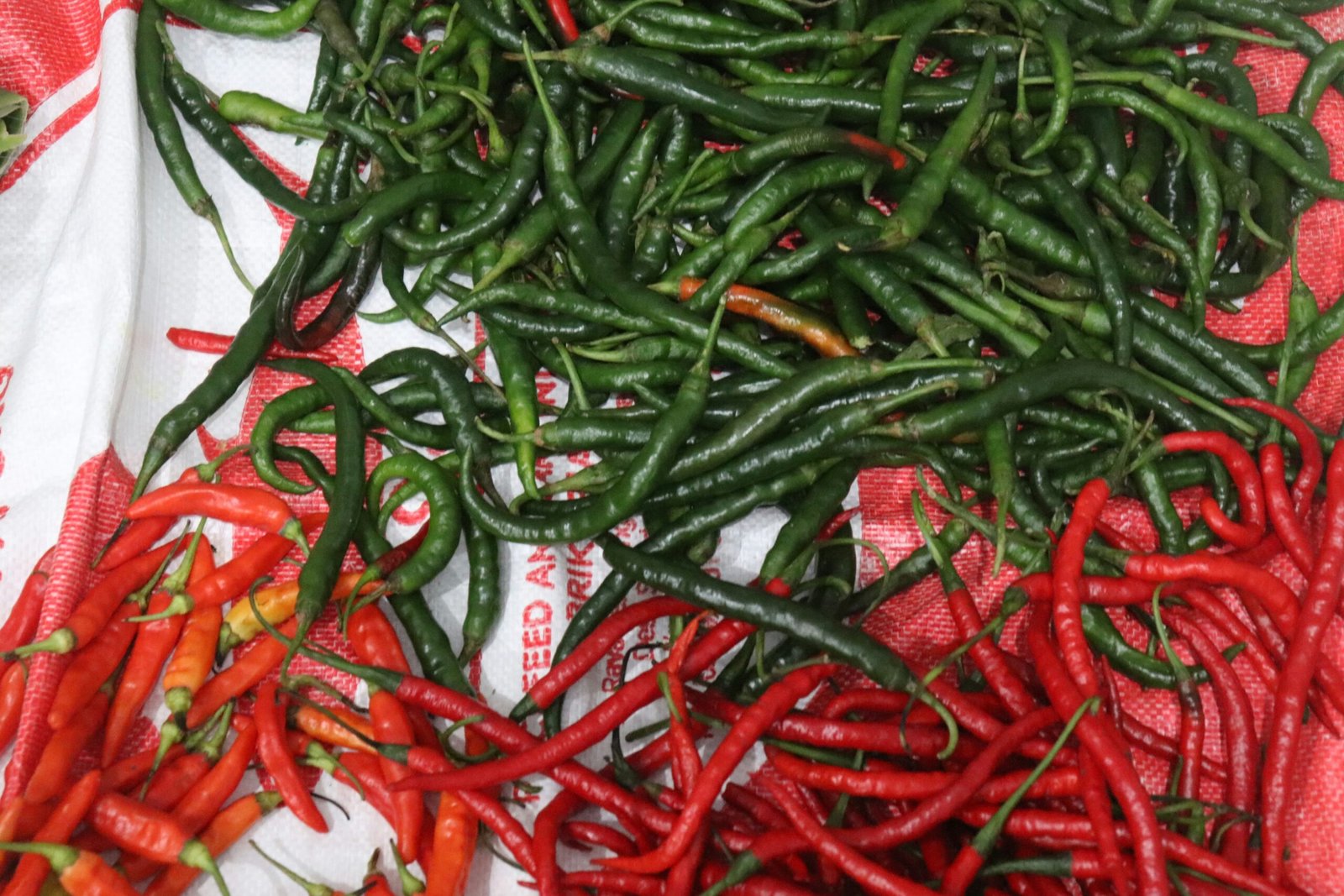Enhancing Technique and Form
Pedro4d Mastering judo at an advanced level necessitates a keen focus on refining existing techniques and form. Critical to this endeavor are the advanced techniques of Seoi-nage, Uchi-mata, and Ashi-waza. Each of these techniques requires not only physical prowess but also meticulous attention to detail and continuous improvement.
Seoi-nage, or the shoulder throw, is a fundamental technique that can be devastating when executed with precision. To enhance this technique, it’s crucial to focus on the entry. Many advanced players make the mistake of not committing fully to the kuzushi, or off-balancing phase. Ensuring a deep entry and a strong pull can significantly improve the effectiveness of Seoi-nage. Additionally, practicing with resistance bands can help in developing the explosive power needed for this throw.
Uchi-mata, known as the inner-thigh throw, is another powerful technique. Small adjustments, such as the angle of entry and the positioning of the non-throwing leg, can greatly impact the success of this throw. A common mistake is failing to lift the opponent properly with the hips, which can be rectified through targeted drills that emphasize hip elevation and body rotation. Continuous feedback from coaches is indispensable in identifying and correcting these subtle errors.
Ashi-waza, or foot techniques, encompass a variety of sweeps and trips that require impeccable timing and coordination. Advanced judokas often struggle with the precision needed for effective Ashi-waza. Practicing with a partner and focusing on the timing of the sweep in relation to the opponent’s movement can lead to substantial improvements. Video analysis is particularly beneficial for Ashi-waza, as it allows for a detailed examination of the timing and execution of each foot movement.
The path to judo mastery involves relentless practice and refinement. Advanced players should engage in regular self-analysis through video review to identify areas for improvement. Coaches’ feedback serves as an invaluable resource, providing insights that may not be apparent during self-practice. By diligently focusing on enhancing technique and form, judokas can achieve a higher level of performance and precision in their practice.
Strength and Conditioning for Judo
For advanced judo practitioners, a well-rounded physical conditioning program is essential to maintain peak performance and reduce the risk of injuries. Functional strength, which directly translates to judo performance, should be the primary focus. This includes grip strength, core stability, and explosive power. A comprehensive regimen combines strength training, cardiovascular workouts, flexibility exercises, and injury prevention strategies to ensure optimal athleticism and endurance.
Strength training for judo athletes should emphasize compound movements that engage multiple muscle groups. Exercises such as deadlifts, squats, and bench presses are fundamental. Additionally, incorporating Olympic lifts like clean and jerks, and snatches can significantly enhance explosive power. Grip strength is particularly crucial in judo, and can be developed through exercises like farmer’s walks, towel pull-ups, and heavy rope training.
Cardiovascular conditioning is equally important to ensure judo practitioners maintain high energy levels throughout matches. Interval training, which alternates between high-intensity bursts and low-intensity recovery periods, can be highly effective. For instance, sprint intervals on a track or using a rowing machine can improve both aerobic and anaerobic capacity.
Flexibility exercises are vital for injury prevention and maintaining the range of motion required for judo techniques. Regular stretching routines, including dynamic stretches before workouts and static stretches afterward, can improve flexibility. Yoga and Pilates can also be incorporated to enhance overall body control and flexibility.
Injury prevention is paramount in a high-contact sport like judo. Core stability exercises such as planks, Russian twists, and medicine ball throws can strengthen the muscles that support the spine, reducing the likelihood of injuries. Plyometric exercises, like box jumps and lateral bounds, can improve agility and coordination, further minimizing injury risks.
To sum up, a balanced strength and conditioning program for advanced judo players should integrate a variety of exercises tailored to enhance functional strength, cardiovascular endurance, flexibility, and injury prevention. This holistic approach will not only increase overall athleticism but also ensure athletes can sustain peak performance throughout their judo careers.
Mental Preparation and Strategy
In the realm of advanced judo, mental preparation and strategic thinking are as crucial as physical prowess. Developing mental toughness is essential for judokas who aim to excel at higher levels of competition. Mental toughness encompasses the ability to maintain focus, resilience under pressure, and the capability to adapt swiftly to dynamic situations during matches. These mental attributes can often make the difference between victory and defeat.
One effective technique for developing mental toughness is through visualization. By mentally rehearsing various scenarios, judokas can prepare for a range of outcomes and reactions. Visualizing successful moves and anticipating opponents’ strategies can enhance confidence and readiness. Additionally, implementing pre-competition routines helps in calming nerves and establishing a mindset conducive to peak performance.
Strategic thinking during matches involves a deep understanding of one’s strengths and weaknesses, as well as those of the opponent. Anticipating an opponent’s moves requires sharp observational skills and the ability to read subtle cues. By exploiting an opponent’s weaknesses and adapting strategies on the fly, judokas can gain a critical advantage. The ability to switch tactics mid-match, based on the opponent’s behavior, demonstrates a high level of strategic acumen.
Focus is another pillar of mental preparation. Techniques such as mindfulness and meditation can be beneficial in enhancing concentration. Mindfulness practices help judokas stay present in the moment, minimizing distractions and maintaining composure. This focused mindset is pivotal during high-stakes matches where every second counts.
Stress management is also a key aspect of mental preparation. Advanced players often face significant pressure, and managing this stress effectively is vital. Techniques such as controlled breathing and progressive muscle relaxation can help in reducing anxiety and maintaining calm under pressure. These practices ensure that the mind remains clear and focused, allowing judokas to perform at their best.
By integrating these mental preparation techniques, judokas can build a robust mental framework that supports strategic thinking and peak performance. This combination of mental toughness, focus, and strategic adaptability is indispensable for mastering judo at an advanced level.
As judo practitioners progress to advanced levels, the complexity and intensity of their training inevitably escalate. One crucial aspect of this advanced training is mastering randori (sparring) and honing competitive tactics. Randori sessions serve as a dynamic and invaluable tool for simulating real competition scenarios, allowing judokas to sharpen their reaction times, test new techniques, and adapt to the unpredictability of live opponents.
Effective use of randori requires a strategic approach. Rather than engaging in haphazard sparring, judokas should focus on specific goals, such as perfecting a particular throw or counter-move. By incorporating drills that mimic competition conditions, practitioners can develop the mental resilience and quick decision-making skills necessary for high-stakes matches.
Studying Opponents and Game Planning
Beyond the physical aspects, analyzing opponents is a critical element in advanced judo. Understanding an opponent’s style, strengths, and weaknesses can inform tailored game plans. This includes studying footage of past matches, noting tendencies in movement and favored techniques. Developing a match-specific strategy involves anticipating the opponent’s moves and preparing countermeasures, thereby gaining a tactical advantage before even stepping onto the mat.
In-the-Moment Decision Making
During a match, the ability to make swift, in-the-moment decisions is essential. This requires not only physical preparedness but also mental acuity. Judokas must remain adaptable, modifying their strategies based on the evolving dynamics of the bout. This may involve switching grips, altering attack angles, or exploiting momentary lapses in the opponent’s defense.
Key Competitive Tactics: Grip Fighting and Balance Breaking
Two fundamental tactics in competitive judo are grip fighting and balance breaking. Effective grip fighting can neutralize an opponent’s attack, control the pace of the match, and create opportunities for throws. Mastery of balance breaking, or ‘kuzushi’, disrupts the opponent’s stability, rendering them vulnerable to various techniques. These skills, when executed proficiently, can significantly tilt the match in one’s favor.
Insights from top-level judokas reveal that consistent practice, coupled with a strategic mindset, underpins success in advanced judo. These athletes emphasize the importance of mental preparation, continuous learning, and the relentless pursuit of technical excellence. By incorporating these elements into training routines, advanced judokas can elevate their competitive performance, approaching each match with confidence and tactical acumen.


